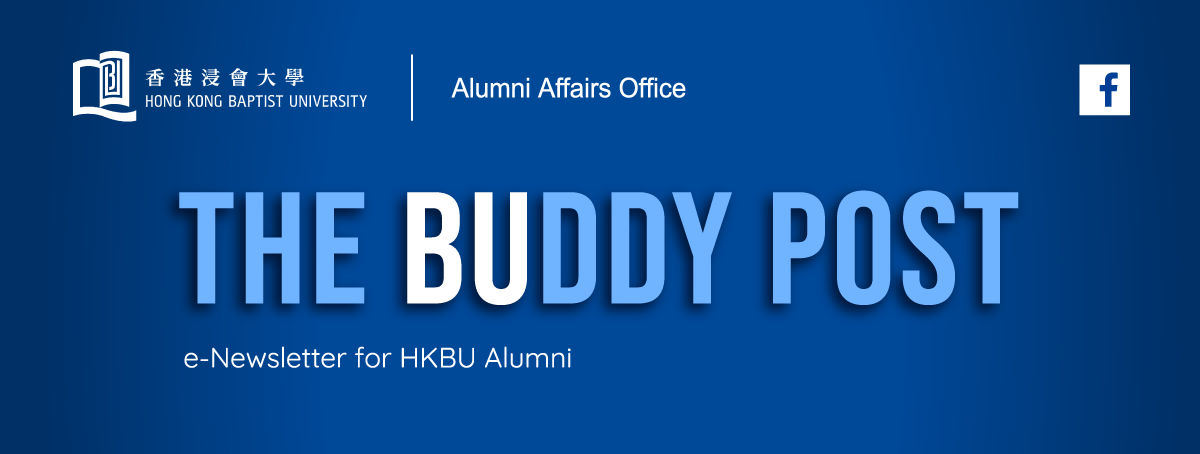人才・聚
自1956年成立以來,浸大已培育了逾168,000位畢業生,當中許多校友在各個領域都取得了顯著成就。我們期望讓校友擴闊知識領域,因此發掘來自不同專業領域的校友,並邀請他們分享有關方面的知識。
三沸堂有限公司董事總經理楊亦趙校友分享對中藥香的見解

三沸堂有限公司董事總經理及香港藥香協會秘書長楊亦趙校友
楊亦趙校友(中醫學;中藥學)在浸大修讀中醫學學士及生物醫學理學士(榮譽)學位課程期間,學會如何將傳統中藥配方進行現代化復原,並發現一些配方是源自她的家鄉南京,激發起了她運用中醫專業知識來研發藥香的興趣。楊校友其後在家鄉創立了一個旨在推廣香道的品牌 – 沸氏香鋪,目前她亦擔任香鋪隸屬的三沸堂有限公司的董事總經理。
為了進一步提升專業知識,楊校友繼續在浸大攻讀修課式中藥學碩士學位課程。畢業後,楊校友將專業知識帶回家鄉,並協助公司成功獲得香港藥香協會的授權,在南京提供藥香師資格培訓課程。憑藉她復原傳統配方的專業知識及能力,楊校友致力提供藥香課程和產品,並與北京故宮博物院和南京博物院等博物館合作,她在推廣中醫藥傳統文化方面,一直不遺餘力。
1. 請問你如何將中醫藥理論應用於你的產品研發上? 你的香道產品跟市面上其他香熏產品有何不同之處?
在產品研發上,我們秉持「古方、專業、自然」的理念。我們的初衷是希望透過中醫藥理學的智慧幫助人們提升生活品質,找到內心的平靜與健康。在浸大修讀本科期間,我有一位好友因嚴重的暗瘡問題向我求助,看到她因皮膚問題而自信心受挫,便決心運用所學幫助她,我嘗試結合在中醫美容學課堂上跟隨黃霏莉老師學到的古方「瑩肌如玉散」和「玉紅生肌膏」,選用了現代藥理學認可的天然中藥成分,並運用現代的製劑方法製作膏劑,好友使用後效果良好,她的暗瘡問題得到了顯著緩解。這經歷讓我明白如何運用傳統中醫藥理幫助他人。
從那時起,我便熱衷於挖掘中醫藥的寶藏,結合現代科學,開發香道產品。我們的產品不僅保留了中藥古方的精髓,也注重使用體驗。這種傳承與創新的結合,使我們的香道產品不僅是香熏,更是一種利用古方智慧促進人們身心健康的途徑。 「大醫精誠,以仁為本」,這是我們一直秉持的信念。我們不僅注重產品的療效,更注重對每位使用者的關懷與責任。

楊校友致力於保留了中藥古方的精髓及運用所學的中醫知識研製藥香。
2. 透過提供香道培訓課程和相關產品,你期望達到什麼目的?
對顧客而言,我們的宗旨是希望讓更多人接觸和了解藥香,感受到天然藥香的治癒功效,讓身心得以舒緩和放鬆。對業界發展而言,通過系統化的培訓,傳授實用的知識和技能,為業界培育人才,促進行業的健康發展,創造更多的就業機會和經濟價值。
我們的香道培訓課程不僅教授中國香文化的歷史和理論,還涵蓋了製作和使用的操作技能。受到京都遊歷時到訪過的香道老舖子那種代代相傳精神的啟發,我們希望通過系統化的培訓方式,讓源遠流長的香道文化精髓得以保留並傳遞給下一代。我們深信通過學習和實踐香道,不僅可以讓人們受益於天然藥香的療癒作用,還能增進人們對傳統文化的理解與熱愛,實踐「香藥合一,拔苦與樂」。

楊校友在培訓課程中教導學生藥香知識及技能。
3. 請簡單分享你最近的一個合作項目,並闡述你是如何應用你的專業知識於專案中?
我們與多個博物館建立了密切的合作關係,包括北京故宮博物院、南京博物院、敦煌博物館等。通過與他們的合作讓我們獲得與中國香文化相關的文物資源和歷史資料,了解到古人如何將香道應用於日常生活中,而這些資料鞏固了我們開發香道的基礎。
我們的團隊會以這些歷史文物或出土的藥用香料為依據,再結合當地的地理位置及歷史背景,從而開發配合當地歷史文化的香道產品和體驗給顧客。這樣,我們在產品和服務轉化上逐漸累積了豐富的專業經驗,不僅製作出獨特創新的香道產品,也為宣揚中國香文化出一分力。
我舉一個例子,在最具歷史的中國佛教寺廟之一的南京建初寺中,我們根據寺中地宮出土的宋代香料文物,與寺内的大報恩寺遺址博物館合作建立了報恩香事博物館。博物館中不僅展示了珍貴的香料文物,我們還將以這些文物作依據,再結合了中醫藥和天然藥香,為參觀者提供與香道相關的體驗活動,讓顧客可以親身體驗古人如何製作「香篆」(一種專門用來燃點的香粉)的模具及古法製香等的活動。這種文化體驗不僅讓顧客能在過程中領略古人的生活智慧、增強了文化認同感,更讓他們了解香道及中醫藥香的發展及其功效。




